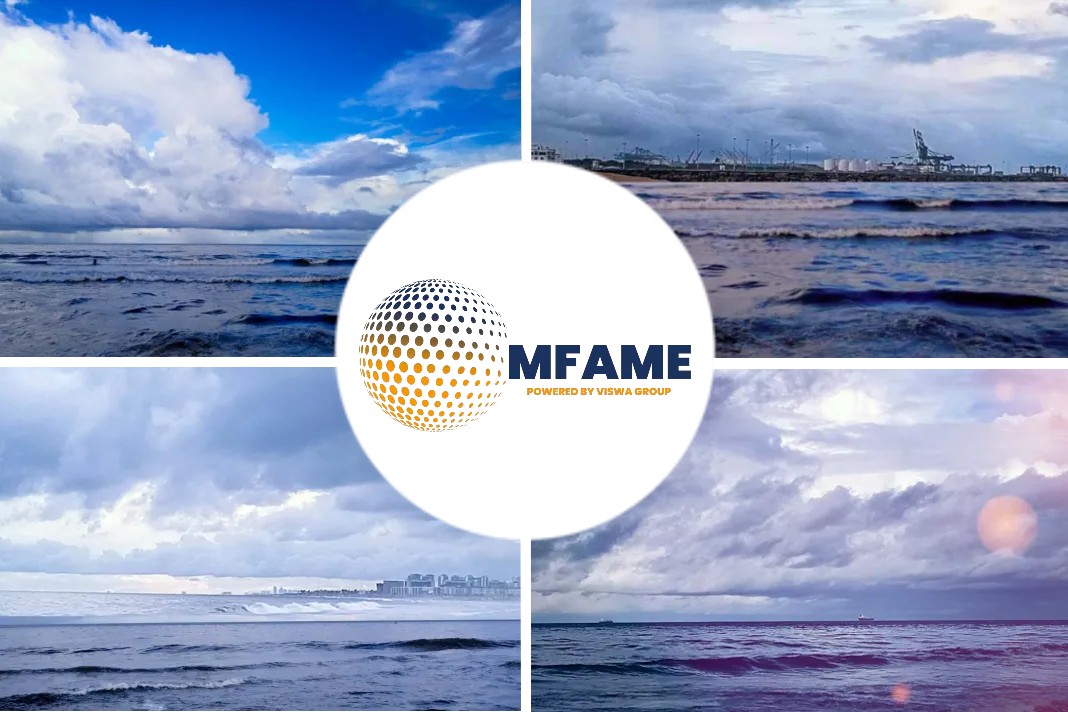- Europe and the U.S. among the worst performers according to the data provided by VPS.
- Increase in Sulphur may result in increased air pollution and ISO 8217 quality parameters.
- Viscosity and pour point temperature are troublesome for VLSFO in Europe.
Geographical differences
BIMCO and the other industry organizations collected data on all commercial fuel samples tested by Veritas Petroleum Services (VPS) in 2020. This VPS data clearly demonstrates the geographical differences in the quality of fuel delivered to ships.
Worst performers
Europe and the United States appear to be the worst performers. This is true for both sulphur compliance, which may result in increased air pollution, and ISO 8217 quality parameters, which may impact ship safety.
Sulphur content
Data clearly demonstrates that there are serious issues with VLSFO’s sulphur content in Europe and the US. While only 1.5% of the samples in Europe and the US are non-compliant, more than 5.5% of the samples are labelled as “maybe compliant”. A total of 7% of the samples had sulphur content that might be considered non-compliant.
Although 7% may not seem like much, it is significant when compared to Singapore, Eastern Asia, and the Middle East. Only 0.2 to 0.4% of the samples in these three regions are ‘possibly compliant’ or ‘non-compliant.’
IMO submission
The submission to the IMO also highlights the rise in problems in specific areas, including Amsterdam, Rotterdam, and Antwerp, as well as the US East Coast, where the figures are even higher.
Higher fuel quality problems
Viscosity (Visc@50) and pour point (PP) temperature were particularly troublesome for VLSFO in Europe. Off-specified parameters in the United States included cat fines (Al+Si), total sediment potential (TSP), and calculated carbon aromaticity index (CCAI) (off-spec).
Fuel with an incorrect viscosity reduces the ability of the ship’s separators to remove water and solids from the fuel prior to use in the engines.
Engine damage
The ship relies on the fuel being compatible with the engine and equipment manufacturers’ specifications to avoid poor combustion and deposit formation, which can lead to engine damage.
Fuel with an out-of-spec pour point temperature risks becoming unpumpable and solidifying in the ship’s tanks. A solidified fuel must be manually removed from the tank.
Cat fines are microscopic particles made up of aluminium and silicon (Al+Si) that are produced during the refinery process. Excessive levels of cat fines pose a risk to ships because they can cause engine wear to accelerate.
TSP and CCAI
Off-spec fuel TSP indicates that an unacceptable amount of sediment is likely to form in the ship’s fuel tanks, and that the fuel may be unstable. A ship using unstable fuel risks clogged filters and pipes, resulting in loss of power and/or propulsion, and, in extreme cases, engine damage.
In severe cases, an off-spec CCAI indicates poor fuel ignition quality, which can lead to engine damage.
Off-spec rates
In Europe, 22% of high sulphur fuel oil (HSFO) was out of specification on one or more ISO 8217 fuel quality parameters, whereas in Singapore, Eastern Asia, and the Middle East, HSFO off-spec rates ranged from 3 to 6%. Off-spec VLSFO accounted for 5% of VLSFO in Europe, but only between 2 and 3% in Singapore, Eastern Asia, and the Middle East.
ULSFO
Ships use ultra low sulphur fuel oil (ULSFO) in the four sulphur emission control areas (Baltic Sea, North Sea, North American area, and US Caribbean Sea) . However, 12% of ULSFO supplied in Europe and 4% in the U. S. were off-spec.
Did you subscribe to our daily Newsletter?
It’s Free! Click here to Subscribe
Source:- Safety 4 Sea






















